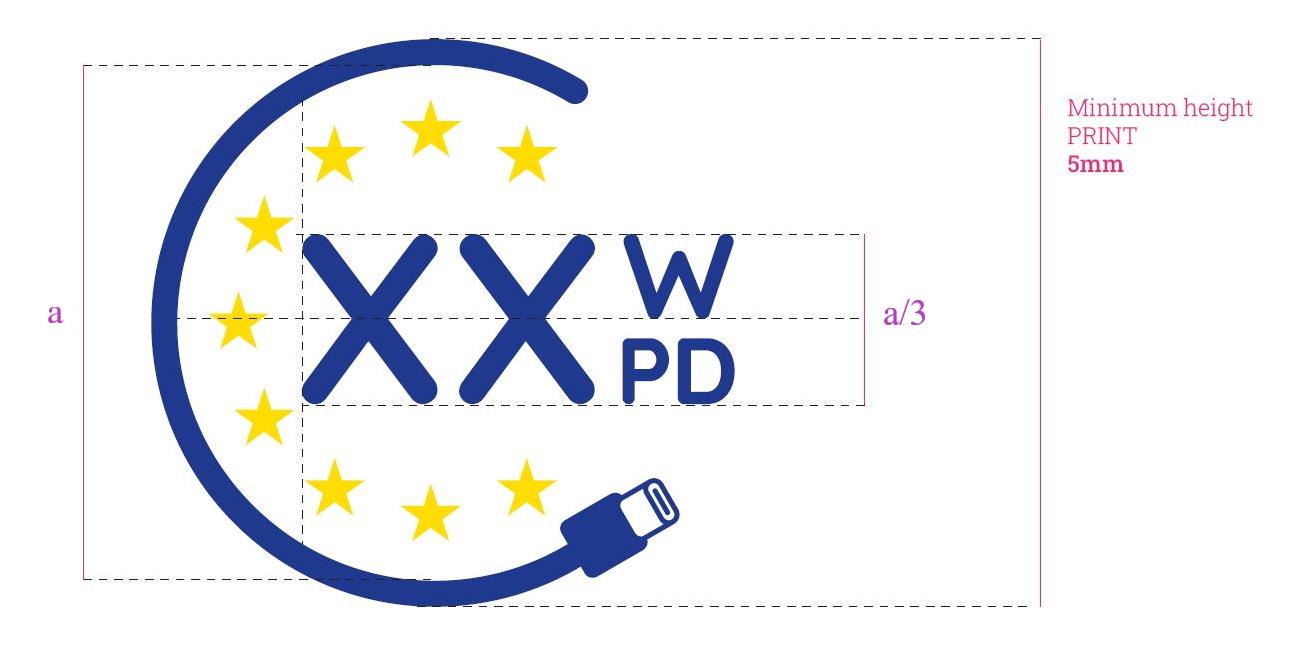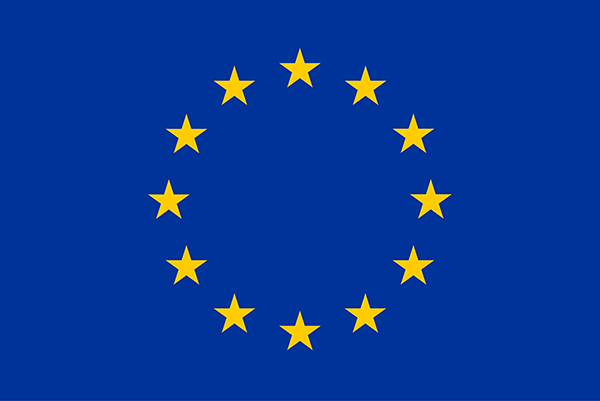- Industry
- Region
- Country / Region
On November 25, 2024, the European Telecommunications Standards Institute (ETSI) published the harmonized European standard ETSI EN 301 893 V2.2.1, which addresses radio spectrum access for wireless access systems (WAS)/wireless local area networks (RLANs) in the 5 GHz band.
The standard targets wireless access systems (WAS) used in wireless LANs, as well as devices that communicate directly with each other over ad-hoc networks.
Click this link to view the standard original.
On 20 November 2024, the European Parliament and the Council of the European Union published Regulation (EU) 2024/2847 entitled "horizontal cybersecurity requirements for products with digital elements and amending Regulations (EU) No 168/2013 and (EU) No 2019/1020 and Directive (EU) 2020/1828 (Cyber Resilience Act) ". The regulation sets out the rules and requirements to ensure the cybersecurity of these products, as well as the rules of market surveillance.
The regulations came into force on December 10, 2024 and will be implemented from December 11, 2027.
Click on this link to view the original regulation.
On 19 November 2024, the European Commission notified on the WTO website of the Commission's draft regulation, which will replace Commission Regulation (EC) No. 2019/1782. The regulations intend to introduce the following changes:
- Expand the scope of application to include wireless chargers and battery chargers for general-purpose portable batteries, taking into account interoperability requirements;
- Introduce standby power consumption limits for wireless chargers and wireless charging docks;
- Expand the scope of application to include USB Type-C cables to limit their energy loss and inform consumers of the maximum power supported;
- Removal of the definition limit for EPS with output power below 250 W;
- Require the EU "Universal Charger" logo to be affixed to USB Type-C chargers to inform consumers of their interoperability; Manufacturers can also use other colors (inverted colors in the picture below, or black and white, etc.);

- Requires the USB Type-C charger to use a detachable cable and label the supported power on each port;
- USB Type-C chargers as a general requirement for EPS to cover a range of products not covered by the Radio Equipment Directive to maximize interoperability;
- Exclude certain EPS from interoperability requirements (including EPS used in wet conditions, EPS used with toys, most power tools, etc.);
- the minimum threshold for improving energy efficiency;
- Introduce a minimum efficiency threshold at 10% load;
- introduction of output power performance requirements;
- Clarify the test conditions (especially the adaptive power supply);
- USB Type-C and USB PD power supplies need to be tested without cables, and specific cable correction factors need to be introduced to ensure fair competition between interoperable EPS.
The expected adoption date of the regulation is Q3 2025, with a tentative entry into force date of 20 days from the date of publication in the Official Journal of the European Union, with enforcement three years after the date of entry into force.
Click on this link to view the EU's draft published on the WTO TBT website, with a deadline of 60 days from the date of notification.
On 8 November 2024, the Electronic Communications Commission (ECC) of the European Conference of Postal and Telecommunications Administration (CEPT) launched two public consultations:
- Draft CEPT Report 089 - "Report from CEPT to the European Commission in response to the Mandate to develop harmonised technical and operational conditions for the usage of non-active antenna systems aerial terminal stations in EU-harmonised frequency bands for terrestrial systems capable of providing electronic communications services ";
- Draft revisions to ECC decision (06)01 - "The harmonised utilisation of the bands 1920-1980 MHz and 2110-2170 MHz for mobile/fixed communications networks (MFCN) including terrestrial IMT systems".
Click on this link to view the original public consultation, and the comment period is until 20 December 2024.
On October 10, 2024, the European Union passed the Cyber Resilience Act (CRA) to strengthen the cybersecurity of connected devices. The Cyber Resilience Act sets out mandatory security requirements for digital products manufactured, imported, or sold within the EU, ensuring that these devices remain consistent throughout their lifecycle.
Key points of the bill:
- Security requirements: Manufacturers must ensure that their products comply with cybersecurity standards and remain secure throughout their lifecycle;
- CE marking: Connected products must bear the CE mark, proving that they meet cybersecurity standards;
- Reporting requirements: Vulnerabilities and cyber incidents must be reported within 24 hours; and submit a detailed report to the European Cybersecurity Agency (ENISA) within 72 hours;
- Updates and support: Manufacturers are obligated to provide free security updates for the expected life of the product.
The Cyber Resilience Act will be implemented from December 11, 2027, while reporting requirements will apply from September 11, 2026.
Click this link to view the original CRA Act passed on October 10, 2024, click this link to check out the EU's press releaseof this approval.
On May 21, 2024, the European Commission published Directive (EU) 2024/1416 in the Official Journal of the European Commission, updating the exemption clause on cadmium in Annex III of the RoHS Directive (2011/65/EU), extending the exemption period of Article 39(a) and adding an exemption of Article 39(b). The directive will enter into force 20 days after its issuance and will come into force on January 1, 2025.
The specific updates are as follows:
| Item | the scope and duration of | the exemption |
|---|---|---|
| 39(a) | for the downshifting of cadmium-based semiconductor nanocrystalline quantum dots in display lighting applications (less than 0.2 μg of cadmium per square millimeter of light-emitting region). | Applies to all types, with an exemption deadline of 21 November 2025 |
| 39(b) | Cadmium (less than 5 μg per square millimeter on the surface of an LED chip) in downshifting semiconductor nanocrystalline quantum dots deposited directly on LED semiconductor chips for display and projection applications, with a maximum of 1 mg per device | Applies to all types, with an exemption deadline of 31 December 2027 |
Click on this link to view the original Directive (EU) 2024/1416.
On 7 May 2024, the European Commission published a Notice of Guidance for the Interpretation of the Common Charger Directive in the Official Journal of the European Union to assist in the interpretation and implementation of Directive (EU) 2022/2380. In the form of a Q&A, the guide answers some of the most frequently asked questions about the Common Charger Directive with a total of 51 questions, such as whether it only applies to rechargeable devices; whether products that only support wireless charging can be exempted; whether products that only support DC charging (without AC/DC adapters) can be exempted; whether products with a maximum power of more than 240W can be exempted; whether the regulations cover USB cables, etc.
Click on this link to view the original Common Charger Directive Interpretation Guide.
The European Commission launched a public consultation on the operation of Regulation (EU) 1025/2012 on 2 May 2024. They are important for identifying deficiencies in existing legislation and for developing the European standardization system in the future. Consulting stakeholders will provide valuable information for the assessment.
Click this link to check the original public consultation, and the consultation is open until 25 July 2024.
On April 24, 2024, the European Commission launched a study exploring the possibility of digitizing and collecting the conformity assessment certificates of all CE-marked products into a database called the "Digital Solution for Conformity Verification" (DSCV). The objective of the DSCV is to facilitate market surveillance and customs control and to provide more accessible and reliable data on the CE marking of products. Relevant stakeholders, such as customs authorities, market surveillance bodies, certification bodies, notified bodies, manufacturers, distributors, importers, exporters, consumers, and managers of existing similar databases, were invited to participate in the study.
Click on the this link to view the original questionnaire, which was collected until May 17, 2024.
On January 31, 2024, the EU cybersecurity certification scheme on Common Criteria (EUCC), drafted by the European Cybersecurity Agency (ENISA), has been adopted by the European Commission as the first certification scheme within the EU Cybersecurity Certification Framework. The certification program will apply to all ICT products. While the implementation of the certification scheme is part of EU law, this cybersecurity certification framework is voluntary. The EUCC will eventually replace the previous national certification scheme established under the SOG-IS protocol. The certification program has been approved and will be published in the Official Journal (OJ) one year after the date of publication.
Click this link to view ENISA's press release regarding EUCC, click this link to view the original EUCC regulation.
